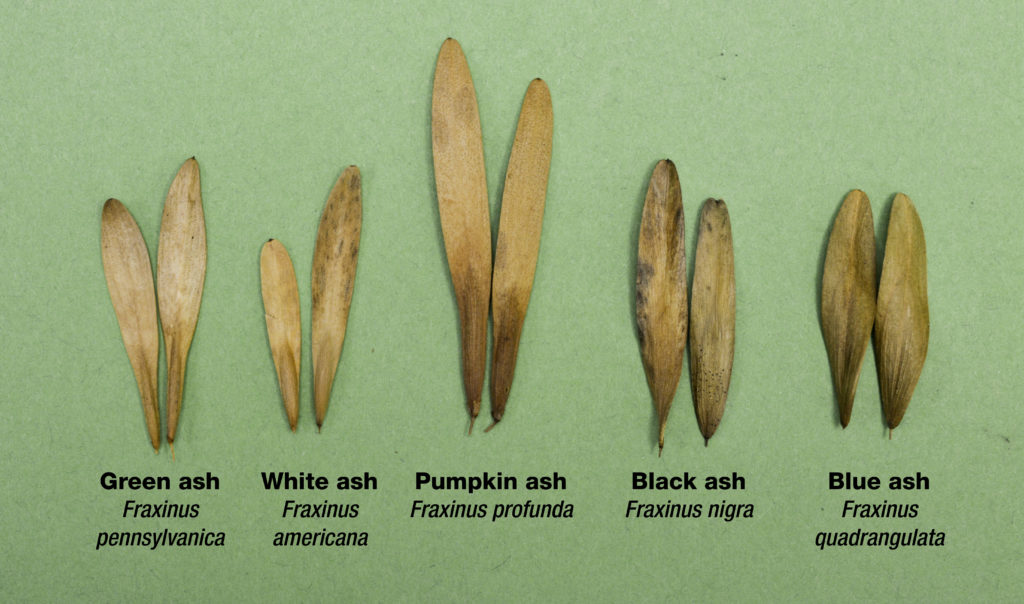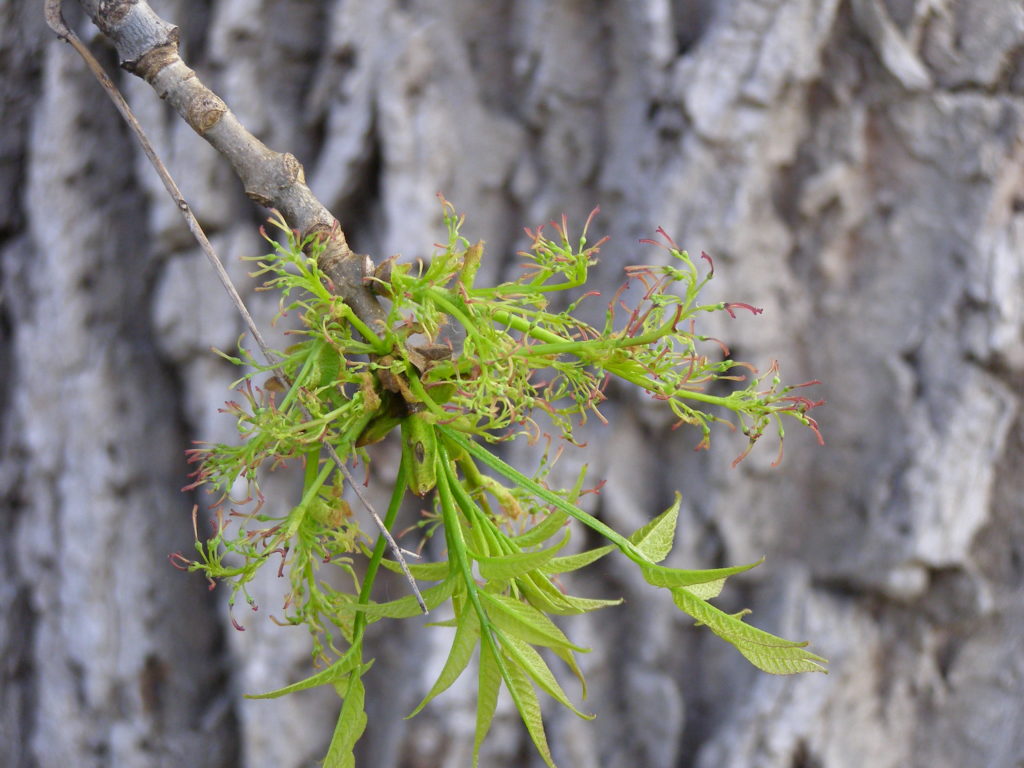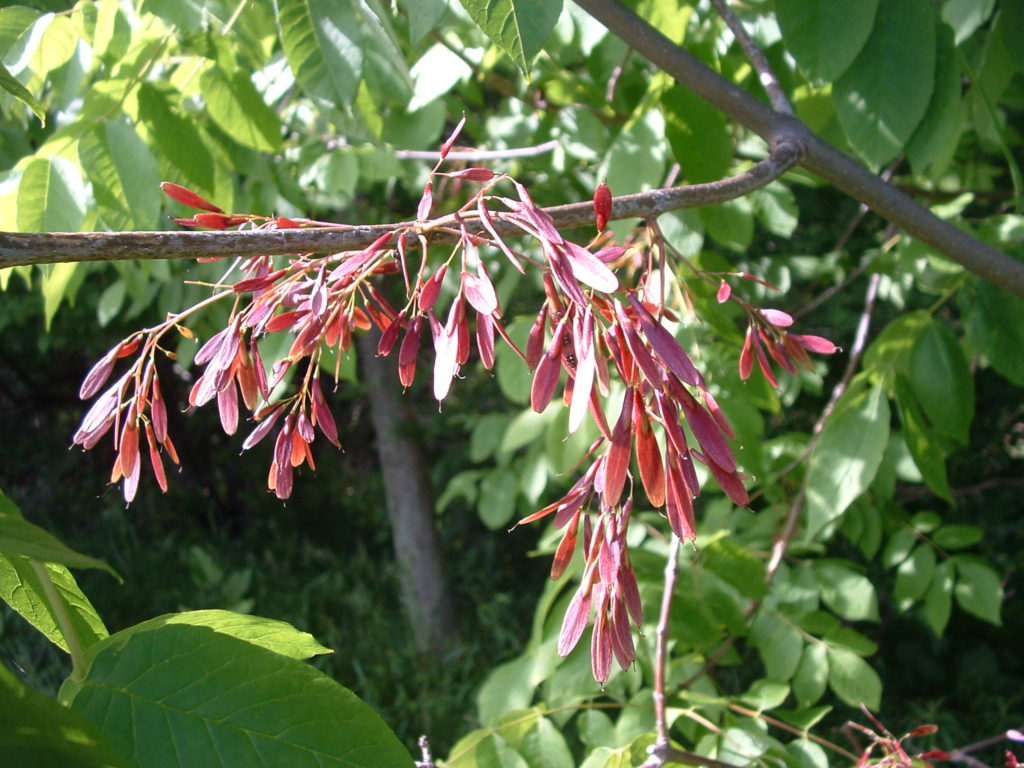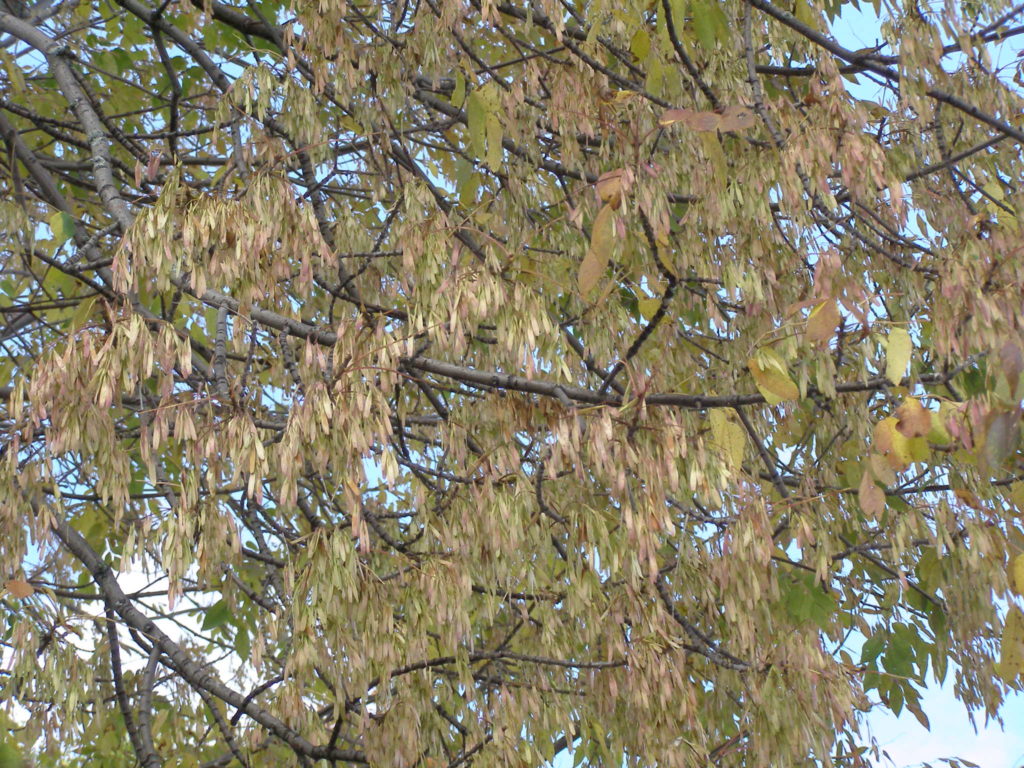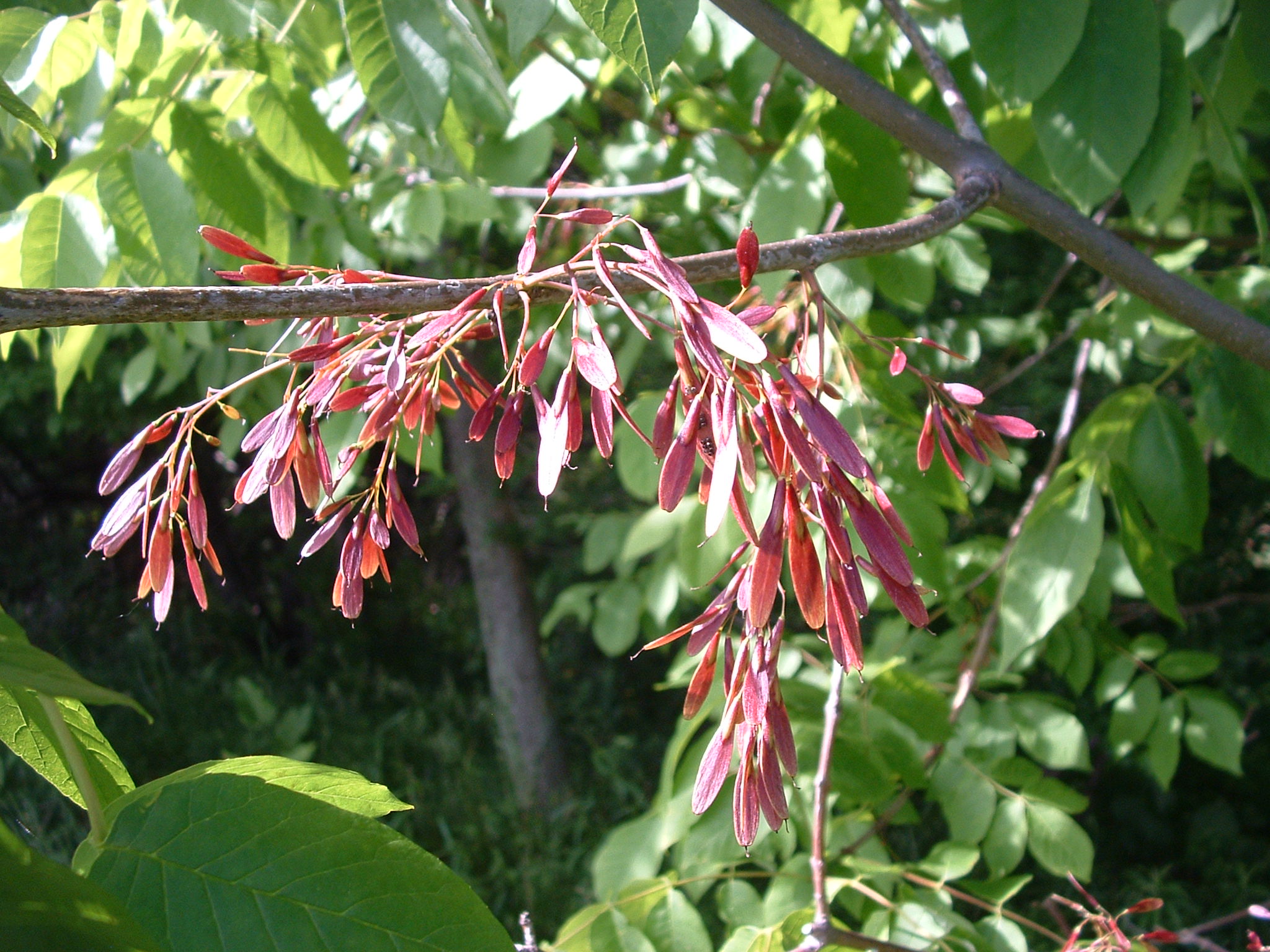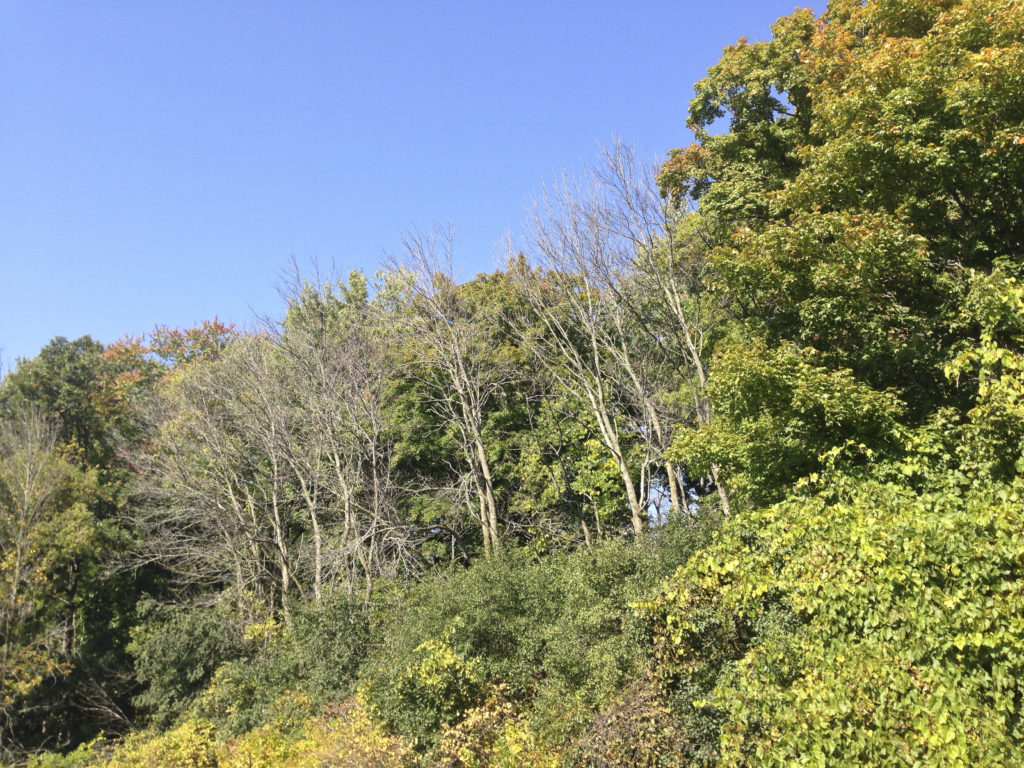
A recent newspaper article, “City, Fleming partner to address the Emerald Ash Borer and hazard trees” in Kawartha Lakes This Week (April 13, 2017), noted that, “If you have ash trees on your property that have been infested, it is best to destroy the wood”. The Emerald Ash Borer (EAB) is spreading and killing many trees across Southern Ontario. The loss to our rural forests and urban canopies is terrible. However, it does not need to be a total loss.
The insect affects only the bark and the log surface. Dying or recently dead trees of sawlog quality can be used for lumber, while poor quality ash can be firewood or mulch. The wood movement restriction set by the Canadian Food Inspection Agency (CFIA) has been expanded to much of southern Ontario, but it is still best to use ash as close to its source as possible, to slow the spread of EAB and the cost of dealing with its effects. You can also go to Forest Ontario’s Emerald Ash Borer FAQ to learn how to minimize the effect of EAB on your forest.
If anyone notices an ash tree in good health, not sick or dying as most will be, please contact [email protected]. As in our Butternut Recovery program, there is value in conserving and working with trees that may have genetic tolerance to emerald ash borer.
We are also interested in seed from native, naturally-occurring ash trees (not planted). White and green are the most common species in Southern Ontario, but black, blue (rare) and pumpkin ash (rare) also occur. You can learn to identify different species of ash here. Ash trees can be either male or female, execpt blue ash can be both. Only female trees can bear seed. The purple female flowers of white ash and the yellow female flowers of green ash are visible in May and the winged seed ripens in early fall. We are working with the National Tree Seed Centre to collect and bank seed from Ontario’s ash trees. The seed, carefully stored in a long-term seed bank, can be used for genetic research and to restore ash on our landscape if, and when, native and introduced predators eventually provide EAB control. If you see ash seed this year, please contact us at [email protected].
